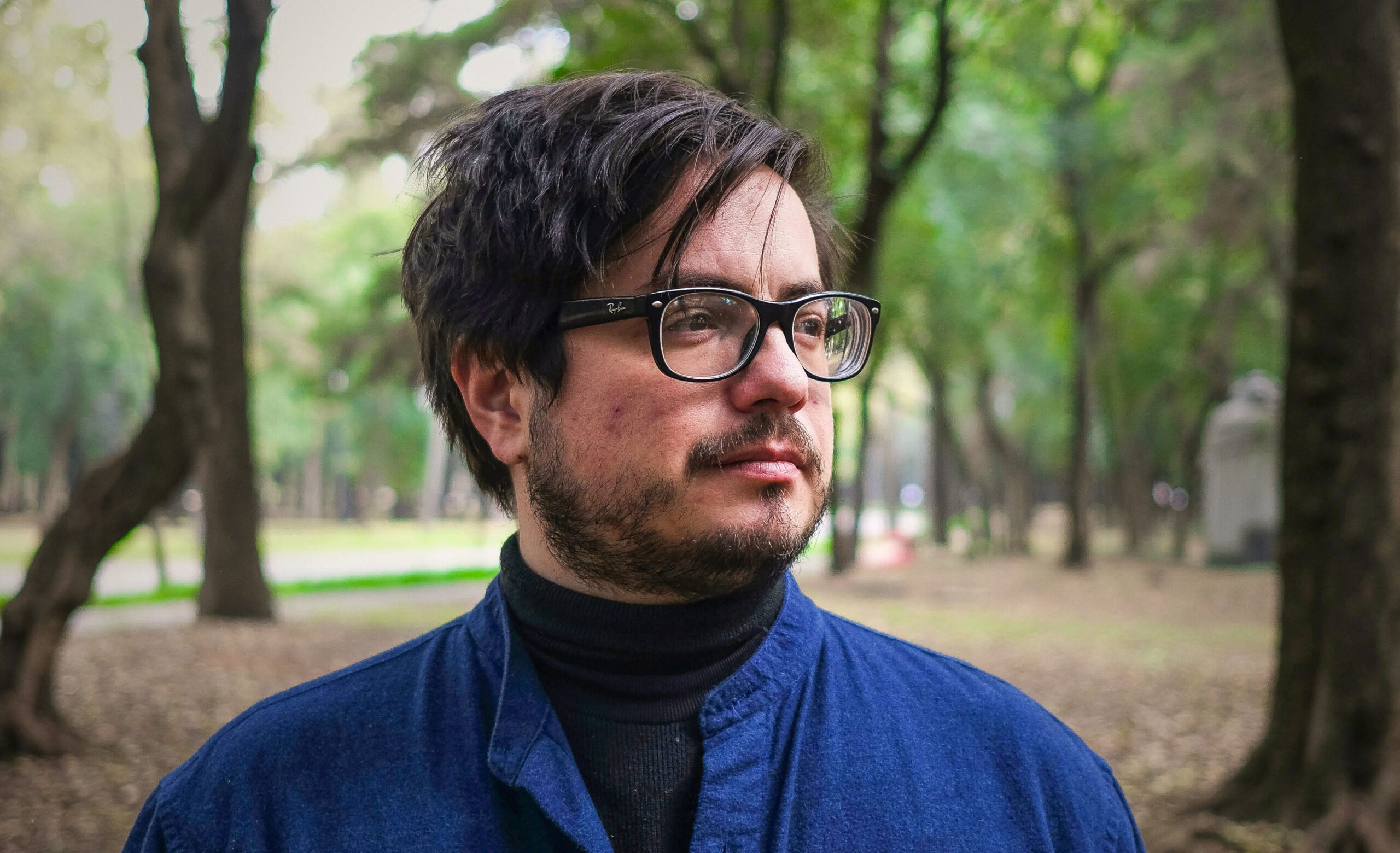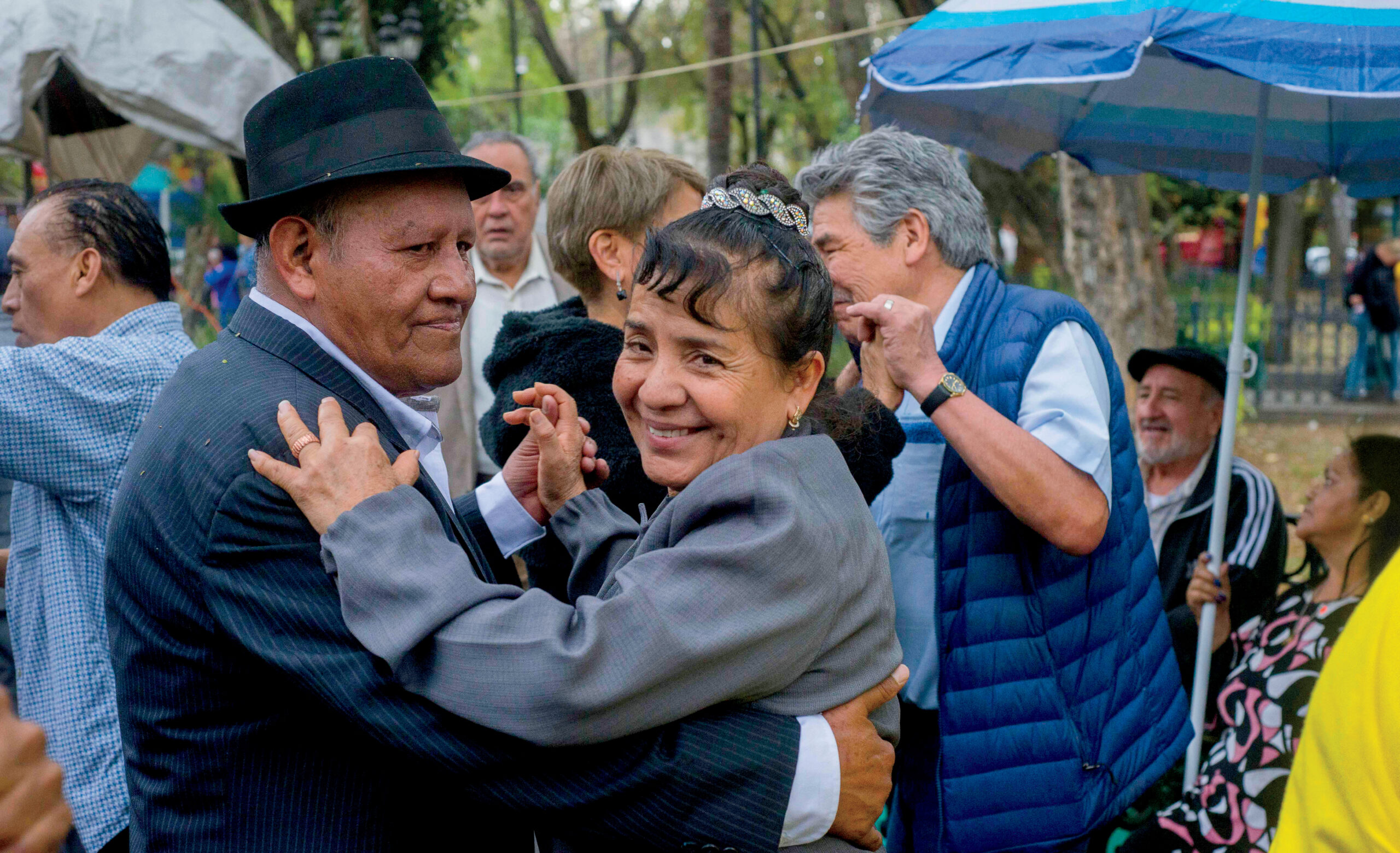Mexico Election Update: Peña Nieto Maintains Lead after First Debate
Mexico Election Update: Peña Nieto Maintains Lead after First Debate
The May 6 debate gave candidates the chance to present proposals, but made no dent in the frontrunner’s lead. Will undecided voters make up the gap?
With less than three months left in the Mexican presidential race, Enrique Peña Nieto maintains a wide lead in the polls. The May 6 debate—the first of two between the four candidates—was seen as a chance for his top rival and candidate for the ruling National Action Party (PAN) Josefina Vázquez Mota to catch up. But ADN Politico’s poll of polls shows Peña Nieto of the Institucional Revolutionary Party (PRI) still enjoying a major lead over Vázquez Mota; he polls at 48 percent while she has trended down to 25 percent. The previously third-place Andrés Manuel López Obrador, candidate for the leftist coalition headed by the Party of the Democratic Revolution (PRD), has gained since the debate to tie with Vázquez Mota. Gabriel Quadri de la Torre of the New Alliance may have benefited the most from the debates; he’s gone from polling around 1 percent to now polling 4.7 percent in some surveys. The next debate takes place June 10, and the presidential election comes just after on July 1.
Who are the Presidential Candidates?
The telegenic Enrique Peña Nieto has emerged as the PRI’s best hope to return to the presidency following two PAN sexenios (six-year presidential terms). Peña Nieto was already in the public’s eye before he announced his candidacy on September 19, 2011. While governor of the State of Mexico from 2005 to 2011, in an event likened to a royal wedding, he married a soap opera star from the influential Televisa network, which has longstanding ties to his PRI. His campaign coordinator and closest counsel is Luis Videgaray Caso, a former federal deputy and the State of Mexico’s finance secretary during Peña Nieto’s gubernatorial term.
Josefina Vázquez Mota, candidate for Felipe Calderón’s PAN, was a journalist and business consultant before entering the public sector as part of the Vicente Fox administration, serving as secretary of social development. Vázquez Mota then became education secretary in President Felipe Calderón’s cabinet. In April 2009, she left the secretariat to become a federal deputy for the PAN. She served in various leadership positions for the PAN bloc during her congressional tenure.
The PRD’s Andrés Manuel López Obrador has had a strong presence in Mexican politics. In 1989, along with other left-leaning PRI members dissatisfied with the ossified state of the party, he left the party to form the PRD. Mayor of Mexico City from 2000 to 2005, López Obrador left the post early to contend in the 2006 presidential elections, narrowly losing to the PAN’s Felipe Calderón. To this day, López Obrador denounces his 2006 loss as the result of fraud, orchestrated by the country’s political and business interests. During his latest campaign, López Obrador has sought to move toward the center and made overtures to the private sector in hopes of attracting moderate voters.
A new entrant into electoral politics, Gabriel Quadri de la Torre served as president of the National Institute of Ecology, head of external financing at the Bank of Mexico, and general director at the Center for Private Sector Studies for Sustainable Development. He has also worked in academia and in the private sector as director of EcoSecurities and associate director of Sistemas Integrales de Gestión Ambiental. Quadri is known for his moderate, ecologically concerned politics and his emphasis on education. He frequently draws himself as a contrast to the other candidates, whom he describes as politics-as-usual. Yet he is held back electorally by Nueva Alianza’s ties to Elba Esther Gordillo, the unpopular leader of Mexico’s strongest teachers’ union.
The First Debate: The Candidates Present Proposals
The May 6 debate was organized by the Federal Electoral Institute (IFE), an autonomous body responsible for the organization of the country’s federal elections. The format, consisting of pre-written questions previously available to the candidates, was agreed to by the four participants and their respective parties. On top of various television channels, the debate was also transmitted through Youtube. Major topics covered by the candidates include energy reform, crime fighting, and social security.
Enrique Peña Nieto came into the debate as the indubitable frontrunner. During the event, he repeated his intentions to modernize state oil company PEMEX by opening it up to private-sector participation, along the lines of Brazil’s Petrobras and Colombia’s Ecopetrol. On the subject of violence and insecurity, the PRI candidate vowed to create an armed police force to support municipalities, keeping the army in states where it’s needed, and involving the private sector in the operating of prisons. The PRI candidate promised to improve competition in telecommunications, especially to promote internet access, through the use of specialized anti-monopoly courts. This would be accompanied by at least a tripling of federal government investment in science and technology, with internet-ready computers for fifth- and sixth-grade students. Peña Nieto also proposed social security for all, including pensions and unemployment benefits, along with more progressive taxation. More generally, he advocated improving support for the agricultural sector and environment.
Josefina Vázquez Mota needed the debate to bring herself closer to Peña Nieto in the polls. She noted that monopolistic markets consume the majority of the poor’s income, adding that she would fund a national telecommunications network to expand access to new competitors with the goal of universal internet access. In line with this, she proposed strengthening government institutions devoted to competitiveness. Vázquez Mota also voiced support for modernizing the energy sector through private-sector participation resulting in PEMEX bonds available to the whole population. On the subject of crime, she proposed a national police force with military training, along with an increased number of public prosecutors and life sentences for politicians who collaborate with organized crime. She also proposed a federal anti-corruption agency and a development bank independent of the treasury focused on combating informal business practices. On the social security front, she suggested allowing citizens to elect their health care program as well as helping them to save for tertiary education. The PAN candidate also proposed incentivizing a reduction of greenhouse gases through subsidies to renewable energies.
For Andrés Manuel López Obrador, the debate presented an opportunity to vault past Vázquez Mota and turn the election into a one-on-one with Peña Nieto. López Obrador said he would focus on fighting corruption, which he identified as Mexico’s most damaging problem and the cause of inequality and crime. He also said that, once Pemex was clean of corruption, the result would be lower energy prices. He proposed austerity in government spending through a 50 percent reduction in salaries for senior officials and the elimination of benefits such as private air travel. To curtail crime, he pledged to improve the federal police force and tackle the roots of criminal behavior by creating 7 million jobs over the course of his sexenio. López Obrador also pledged to end monopolies and support small and medium enterprise. He promised better education and universal internet access for students. The PRD candidate also offered to hold a biannual referendum on his presidency, in case of public dissatisfaction with his government. Like other candidates, López Obrador promised universal pensions.
Quadri was the debate’s dark horse, unburdened by expectations. To improve the security situation, he promised a much larger federal police force with improved technology, eliminating municipal forces in favor of state police, and the participation of the private sector in prison operation. Quadri also proposed to break up monopolies by strengthening telecommunications institutions and through the incorporation of private investment in Pemex. He would create a national hydrocarbons commission to regulate oil and gas. Quadri promised to increase subsidies for renewable energies and reduce oil, gas, and electricity subsidies, using that money to fund the National Council on Science and Technology. Additionally, Quadri suggested that much-needed fiscal and labor reforms would attract investment and spur growth. In science and technology, he vowed to create a Ministry of Superior Science and Technology Education charged with a federal broadband policy. He proposed to curb deforestation and change agricultural incentives to help lift farmers out of extreme poverty. Finally, he pledged to improve the quality of education through the universal evaluation of teachers, and by making the Secretariat of Education more autonomous.
Voter Breakdown: Social Media, the Youth Vote, and the Undecided
During the last election, social media such as Twitter, YouTube, and Facebook—along with internet-ready smartphones—were limited in Mexico. Enriched by Mexico’s youthful demographics, social media has gained traction politically. According to the World Bank, from 2000 to 2010, internet usage in Mexico jumped from 5 percent of the population to 31 percent. Unlike other forms of campaigning, social media is unregulated by the IFE. This presidential cycle marks the first time that social media has played a significant role in a Mexican presidential vote. Mexican media outlet Milenio provides daily updates to the social media statistics of the four candidates. After Sunday’s debate, Peña Nieto leads all candidates with 2,592,963 likes on Facebook though his 638,912 followers on Twitter were behind the 647,105 followers of Vázquez Mota—the most of any candidate.
Demographically, this Mexican presidential election will differ markedly. Only 6 percent of Mexico’s population is older than 65 and more than a quarter is aged between 15 and 29. Around ten million will be voting for the first time this cycle, and almost 30 percent of those eligible to vote will be aged 18 to 29 . According to the most recent poll by Grupo Reforma, the PRI has the electoral support of 56 percent of those between the ages of 18 and 29, and 55 percent of those who have studied in high schools. Of Mexico’s young, many fall into the category of ninis, (ni estudian, ni trabajan)—youths who neither work nor study—making the candidates’ job creation proposals initiatives particularly important.
With between 16 and 26 percent of the electorate undecided, the last debate offers a slim hope for the other candidates. Josefina Vázquez Mota has explicitly prioritized her efforts on these undecided voters, who are composed mostly of the young and women. Though she has repeatedly addressed young and female voters during the debate, she showed no improvement among those groups in polling. López Obrador has also made a play for the undecided youth vote, promising 7 million jobs to the country’s young during the debate. Moreover, observers say his “AMLOVE” slogan is intended to appeal to youth. Though López Obrador improved in polls following the debate, it was not by a significant amount.







